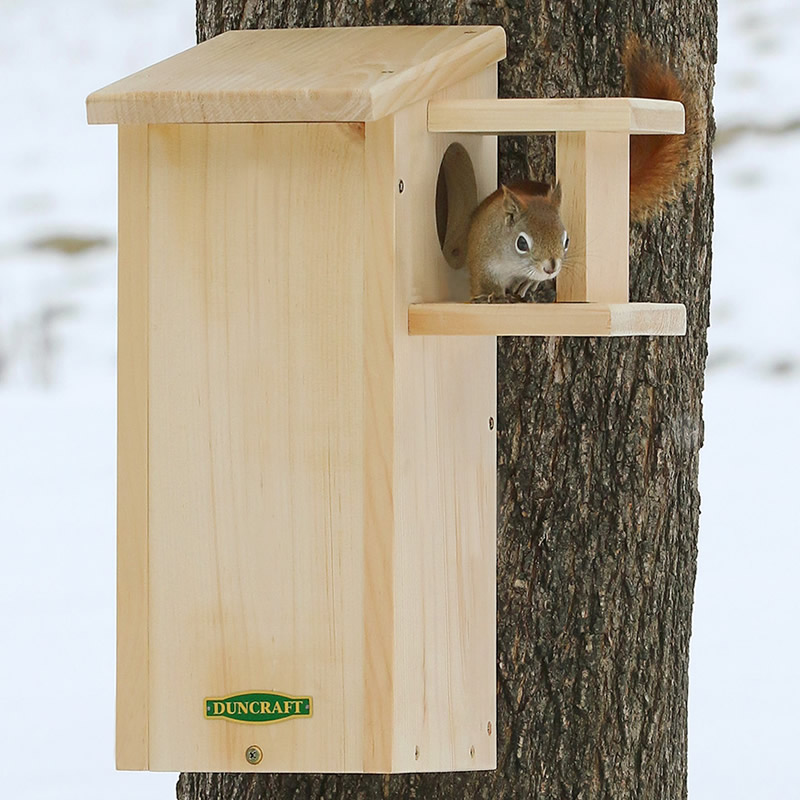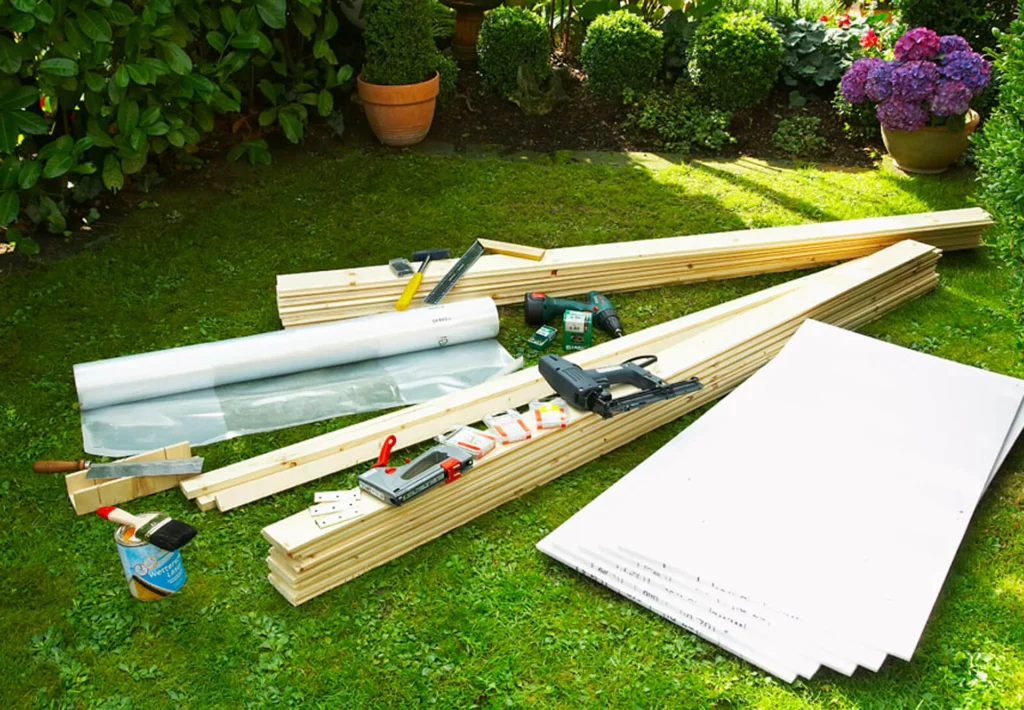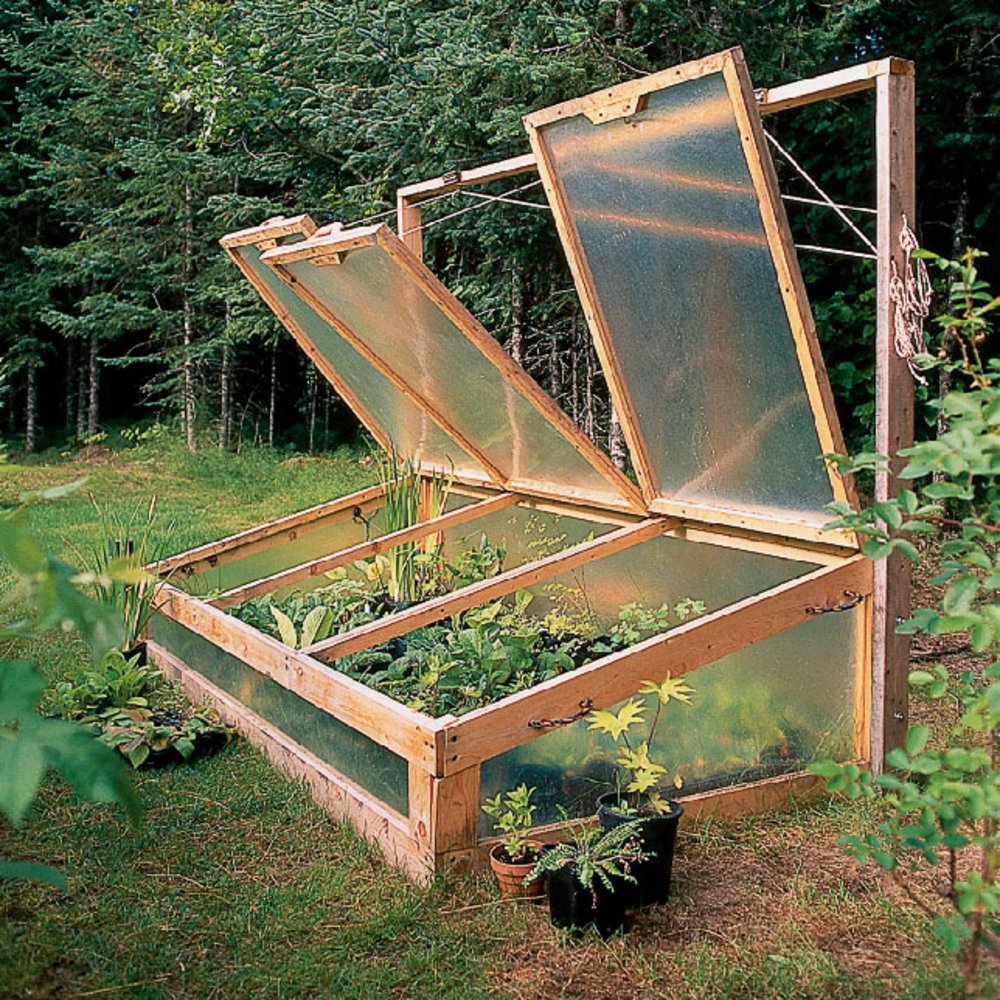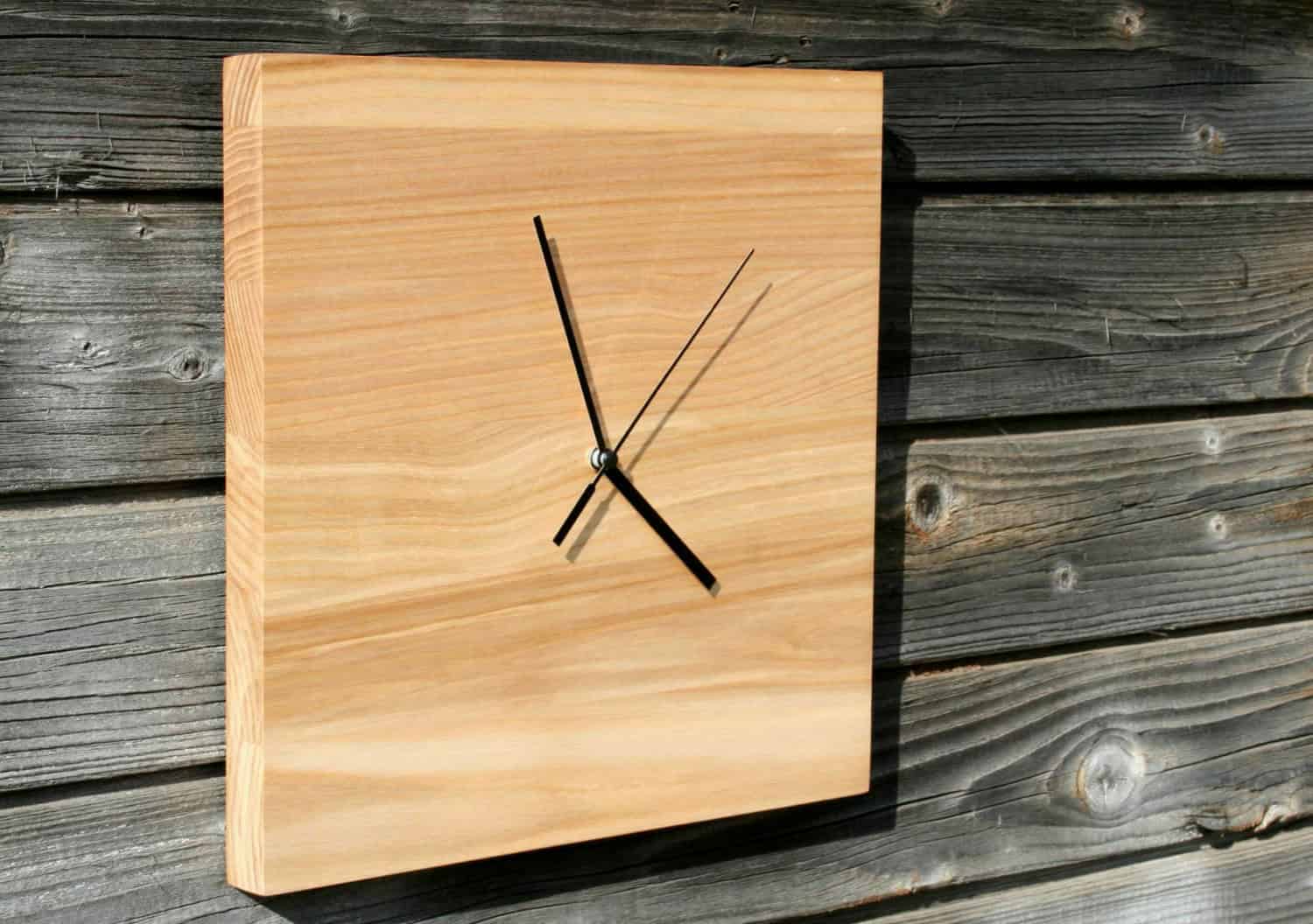
Profitable Cutting Board Projects to Sell This Holiday Season
Hey there, crafty friends! The holiday season is just around the corner, and that means it's time to get those creative juices flowing. What better way to show your loved ones you care than with a handcrafted gift? And what better gift than a beautiful, functional cutting board?
Cutting boards are always a popular choice for holiday gifts, and for good reason. They're practical, personalized, and can be made with a variety of materials. Plus, they're something that people will use and appreciate for years to come.
So, if you're looking for a profitable woodworking project to sell this holiday season, look no further than cutting boards! In this guide, we'll cover some of the hottest cutting board trends and ideas to help you get your creative juices flowing.
Popular Cutting Board Styles and Trends
When it comes to cutting boards, the options are endless. From classic designs to modern and trendy styles, there's a cutting board out there for everyone. Here are some of the most popular styles and trends you can consider for your holiday inventory:
The Classic Butcher Block
This style never goes out of style. These sturdy boards are made from hardwood and feature a timeless, rustic look. Choose from different wood types like maple, cherry, walnut, or even reclaimed wood. Consider adding a custom engraved design or a personalized message for an extra special touch.
Modern Minimalism
For those who prefer a more streamlined aesthetic, minimalist cutting boards are a great option. These boards often feature clean lines, simple shapes, and a focus on functionality. Choose a light wood like maple or bamboo for a light and airy feel or a darker wood like walnut for a more modern touch.
Epoxy Resin Accents
Epoxy resin is the star of the show in this trendy cutting board style. Add pops of color, texture, and even embedded objects like dried flowers, shells, or crystals to create stunning and unique pieces. The possibilities are truly endless. This can be a great way to showcase your personality and creativity!
Charcuterie Boards
Charcuterie boards are all the rage! These boards are designed to be used for serving cheese, meats, and other appetizers. They often feature a combination of wood and other materials like slate, marble, or ceramic. You can even incorporate grooves or divots for holding dips, olives, and other small bites.
Marketing Tips for Selling Your Cutting Boards
Now that you've got some great ideas for cutting board designs, it's time to think about how you'll market them. Here are some tips for attracting buyers:
Pricing Your Cutting Boards
Pricing your cutting boards correctly is crucial for both profit and attracting customers. Here are some factors to consider:
Creating Profitable Cutting Board Designs
Now that you've got the basics down, let's delve into some creative ideas that can help you make a splash with your cutting board offerings this holiday season.
Holiday Themed Cutting Boards
Embrace the holiday spirit! Create cutting boards with festive designs like snowflakes, Christmas trees, reindeer, or holiday wreaths. You can use wood burning techniques, stencils, or even inlay techniques to create these designs. These make wonderful gifts for friends and family.
Personalized Cutting Boards
Add a personal touch with engravings or custom shapes. You can add a name, a special date, a quote, or even a family crest. This creates a unique and cherished gift that shows you put extra effort into it.
Multi-Purpose Cutting Boards
Don't be afraid to think outside the box. Create cutting boards that double as serving trays, charcuterie boards, or even cheese boards. Add grooves, handles, or even a built-in cheese knife holder to make them extra functional.
Unique Shapes and Sizes
Break away from traditional rectangular shapes. Experiment with round, oval, heart-shaped, or even animal-shaped cutting boards. This can add a touch of personality to your offerings and appeal to customers looking for something unique.
Gift Set Combinations
Boost sales with gift sets! Pair a cutting board with a matching set of knives, a cutting board oil, or even a personalized cutting board stand. This presents a complete package and increases the value perception for your customers.
Safety and Care Tips
It's important to consider safety and care for your cutting boards to ensure your customers get the most out of them. Here are a few key pointers:
Commonly Asked Questions
What type of wood is best for cutting boards?
There are many great options, but some of the most popular include maple, cherry, walnut, and bamboo. These woods are durable, easy to work with, and have a beautiful natural finish.
What kind of finish should I use for cutting boards?
Food-safe finishes are crucial. Look for mineral oil or beeswax-based finishes that are safe for food contact. You can also use a combination of oil and wax for added protection and durability.
How do I price my cutting boards?
Consider the cost of materials, your time and labor, the quality of your work, and the prices of similar cutting boards in the market.
Where can I sell my cutting boards?
You can sell your cutting boards online through platforms like Etsy, Shopify, or your own website. You can also sell them at local craft fairs, farmers' markets, or even at local stores.
With a little creativity and effort, you can create beautiful and functional cutting boards that will be a hit this holiday season. Good luck and happy crafting!













